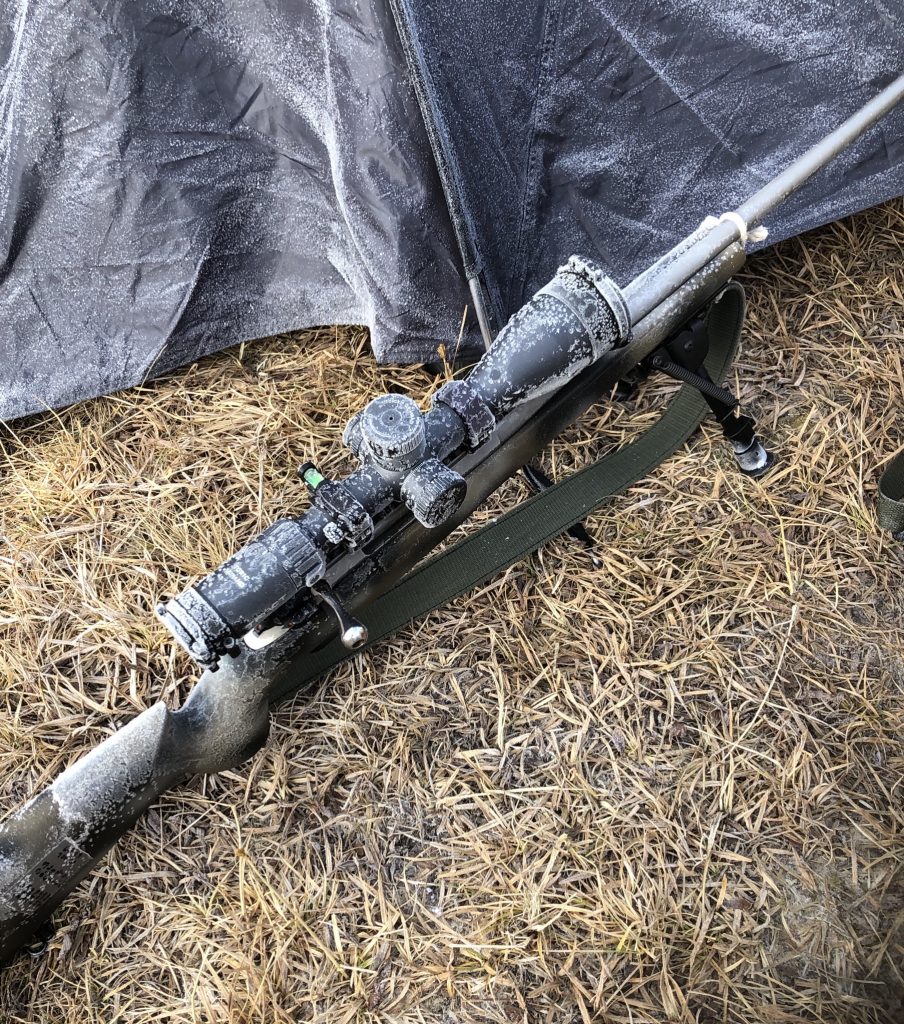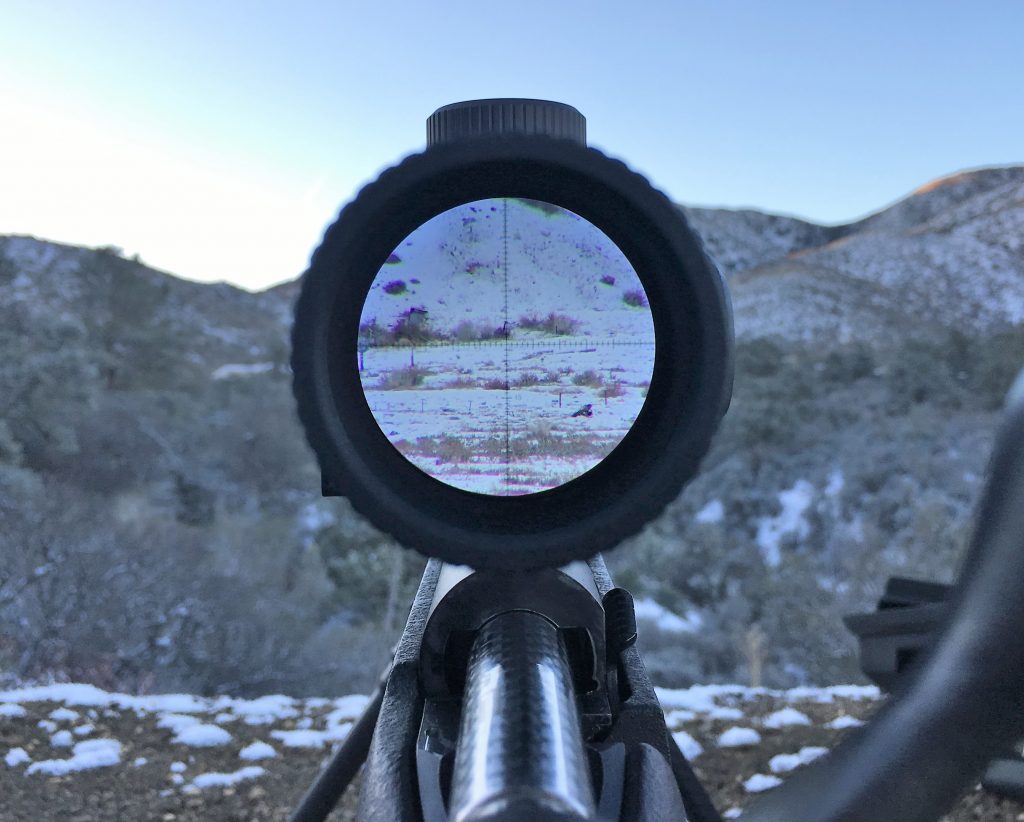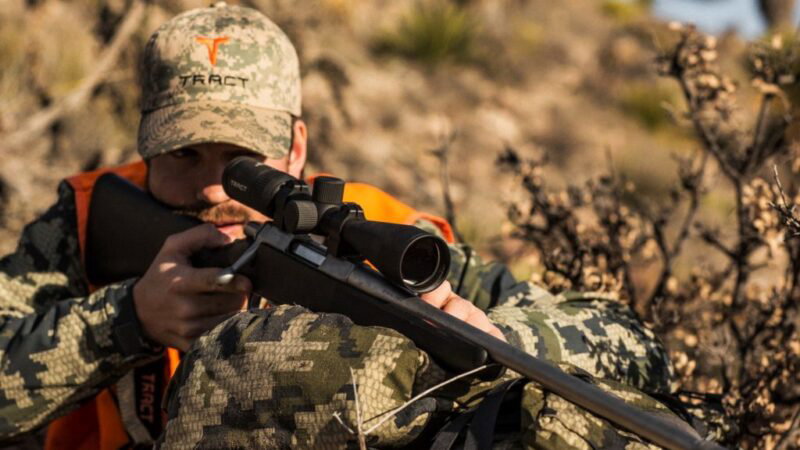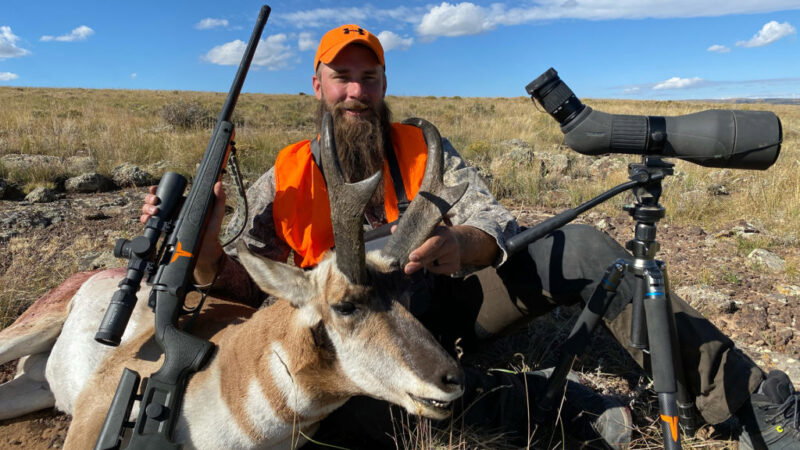Rifle Scopes and Extremely Cold Weather
Do rifle scopes and extremely cold weather mix? Mastering the winter can make a difference in your scope’s performance and reliability.
Extremely cold weather can be tough – both on your body and your gear. Shooters who venture out when the mercury drops should be mindful of their environment and equipment to ensure proper performance.
Rifle Scopes and Extremely Cold Weather
Everything has a true minimum and maximum hot and cold tolerance. For the most part, rifle scopes should function properly and perform at a high level to temperatures around 0°F. When subzero temperatures appear on the forecast, quality begins to separate the winners from the losers.
While performance and consistency can vary wildly between high-quality and low-quality optics, durability is also brought into question in extremely cold-weather environments. While shooters claim wonderful performance out of their optics in temperatures as low as -30°F, lower-quality optics tend to display significantly reduced durability in temperatures that extreme. Furthermore, a significant malfunction or breakage is more likely to occur in more cheaply made scopes.
Risks of Cold Weather on Rifle Scopes
When questioning the science behind cold weather and rifle scopes, first identify what materials are used in their construction. In cold weather, metals contract. Glass and plastics become brittle. Rubber, used in seals and internal coatings, can either expand or contract depending on the composition of the material. It’s not hard to imagine how the internals of a scope can shift if not properly constructed.
The alterations cold weather makes on materials also carry the potential of impacting scope construction. Metal, an efficient conductor, contracts more quickly than glass. It can therefore introduce pressure and crack glass. Contracting seals risk compromising watertightness and allowing internal gasses to escape. Cracked plastics inside the scope can permanently affect accuracy and jeopardize the scope’s construction.
Cold weather doesn’t stop at a scope’s guts. Escaping heat from a shooter’s breath will be more likely to fog glass. The moisture can then freeze on the surface. Contracting surfaces on both rings and mounts can also microscopically shift the scope’s positioning and impact accuracy.
Protect Your Scope
While extreme cold weather introduces many potential issues, high-quality scope companies design and build with durability in mind. Better materials and parts with more precise machining greatly reduce the negative impact cold weather has on scope construction and performance. Shooters who consistently toughen out the brunt of winter should begin by investing in top-quality optics.
With higher-quality scopes, the risk does not necessarily come from the introduction of cold weather, but instead from the rapid introduction of cold weather. Conversely, the rapid introduction of heat to a cold scope can also have an inverse negative effect on performance and structure. The most important defense against extreme cold is the gradual introduction of dropping temperatures so each differing component slowly cools and adjusts simultaneously on a molecular level.
While shooters might be more inclined to leave a scope and rifle in a warmer location during a cold snap, instead firearms and scopes should rest in a gradually cooling location. The inside of a vehicle or tent can provide a perfect spot for slowly cooling a rifle setup. Once outdoor activity is ceased, the rifle should also be steadily warmed to prevent certain parts from heating up faster than others.
Instead of leaving the rifle and scope in the front seat of the car next to the heater, place the rifle in the rear of a truck or in the sun as morning temperatures rise. For scope base mounts, using a small amount of Non Permanent (Blue) Loctite on the screws and threads will greatly reduce the risk of shifting mounts. A torque wrench will help you tighten the screws on the rings and bases for all to the proper value.
Most shooters will never experience weather that is cold enough to pose a substantial risk to their scope’s integrity. For a select few, however, these critical steps could prevent serious problems from showing up. Just don’t forget to bundle up!












